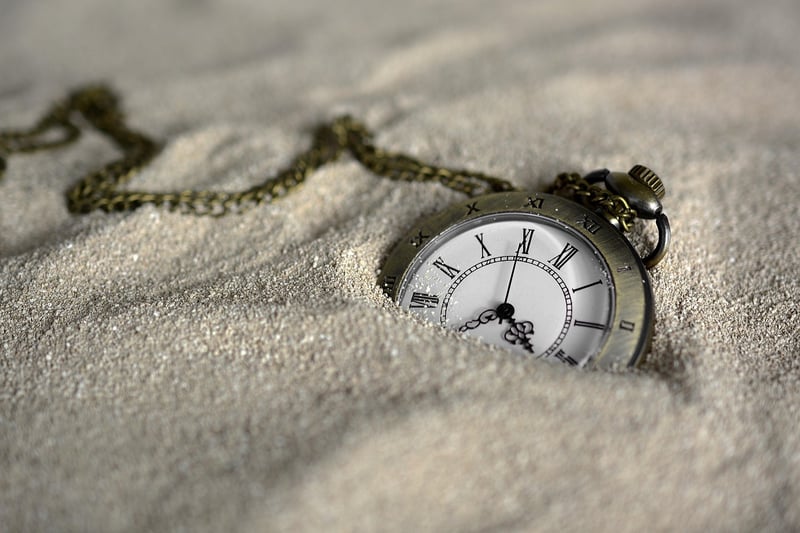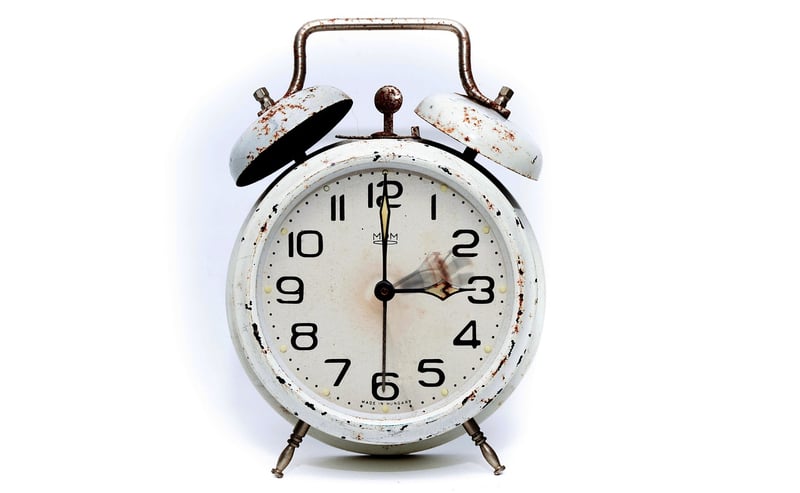Time Loops
Understanding Time Laws and Time Loops
Introduction
Time is a fascinating concept that has intrigued humans for centuries. From the laws that govern its passage to the possibility of time loops, our understanding of time continues to evolve.
Time Laws
Time laws refer to the principles that dictate the flow of time in the universe. These laws are fundamental to our understanding of physics and how the world operates. Some key time laws include:
- Time Dilation: According to Einstein's theory of relativity, time can pass at different rates depending on the speed and gravitational pull of an object.
- Arrow of Time: Time moves in a singular direction, from past to present to future, as dictated by the second law of thermodynamics.
- Causal Loop: Events in the universe follow a cause-and-effect sequence, leading to the concept of a linear timeline.
Time Loops
A time loop is a hypothetical scenario where time repeats itself either in a specific period or indefinitely. This concept has been popularized in science fiction and has captured the imagination of many. Some key points about time loops include:
- Groundhog Day Effect: Inspired by the movie "Groundhog Day," this phenomenon involves a person experiencing the same day over and over again.
- Bootstrap Paradox: In a time loop, an object or information can exist without being created, leading to a paradoxical situation.
- Multiple Timelines: Time loops can create branching timelines where different outcomes coexist simultaneously.
Conclusion
Time laws and time loops offer a glimpse into the complex nature of time and the possibilities it holds. Whether exploring the theoretical aspects of time dilation or the intriguing concept of time loops, our fascination with time continues to inspire scientific inquiry and creative storytelling.

For further reading on time laws and time loops, check out Space.com's article on time travel.
